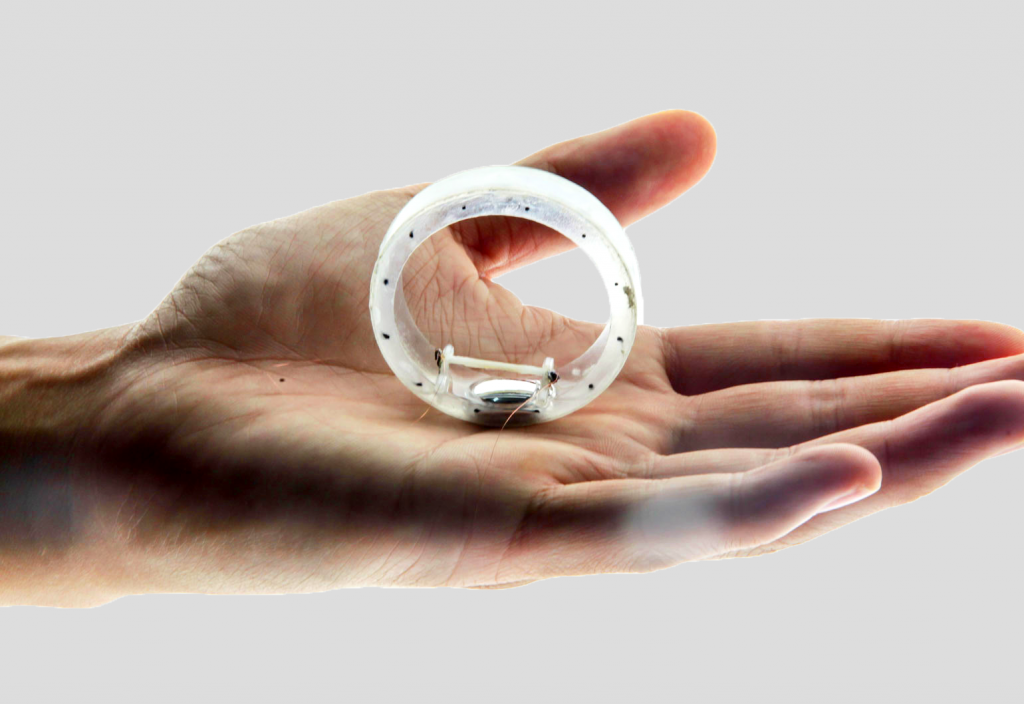The liquid metal T-1000 might have felt advanced and futuristic when Terminator 2 first came out. But a group of Australian and Chinese engineers is using its shape-shifting abilities as inspiration for a liquid metal-driven robot.
Before you start making plans for ‘judgment day’, the liquid metal technology is still in the early stages, said Shiyang Tang, Vice-Chancellor’s postdoctoral research fellow with the School of Mechanical, Materials Mechatronics and Biomedical at the University of Wollongong, and one of the robot’s developers.
The plan was to make a device that “owns the properties of both liquid and metal”, Tang told create.
“As a liquid, they are soft, deformable, stretchable, shape reconfigurable and self-healable. As a metal, they have high electrical and thermal conductivities,” Tang said.
The alloy’s not set
Their findings, published in a paper in Advanced Materials earlier this month, built on experiments the research group has been conducting since 2012.
To create the palm-sized prototype, the collaborators from University of Wollongong, University of Science and Technology of China and Soochow University used a liquid metal alloy called eutectic gallium indium (EGaIn). Gallium, which comprises 75 per cent of the alloy, is commonly used in electric circuits and semiconductors.
The alloy’s low melting point (15.5 ºC) means it remains liquid at room temperature. It has other qualities like low viscosity, high surface tension, and high thermal and electrical conductivity that made it attractive for this experiment. Its low toxicity and vapour pressure also makes it safer for laboratory and industrial purposes, unlike materials such as mercury, francium and caesium (which can be poisonous, radioactive or explosively reactive – so not suitable).
The EGaIn was contained in a driving module attached to a plastic wheel and a lithium-ion battery. Voltage from the battery changes the metal’s centre of gravity, causing the wheel to turn and drive forward.
The plastic wheel was an important component, as it helped solve the problem of getting the metal to move in a non-liquid environment.
“We tried to overcome this limitation by introducing rolling motion from a wheel that enables us to achieve the motion of a liquid metal-driven robot outside a liquid environment. To the best of our knowledge, no other research has demonstrated this,” Tang said.
An advanced prototype
Tang said the fabrication process was fairly simple, as there are no conventional moving parts. The robot is also easy to maintain, and it has relatively low power needs.
One of the biggest engineering challenges was getting the liquid metal to move smoothly and quickly around the wheel due to surface friction. To counter this effect, the inner surface of the wheel was coated with a superhydrophobic compound so the metal would not ‘stick’ to the plastic.
“This significantly reduced the viscous resistance and allows us to achieve a faster and smoother movement of the robot,” Tang said.
“Due to the soft nature of liquid metal, together with its ability to be used as the core of a driving module, we expect the concept can evolve into a fully soft and reconfigurable robot in the near future.”
Next steps include plans to use multiple wheels and get the liquid metal-driven robot moving around in a three-dimensional environment.
Although Tang acknowledged in an interview with SCMP that he’s been thinking about flexible robots like the T-1000 from Terminator 2: Judgment Day “since I watched that film when I was 10”, the developers plans have less to do with creating an army of Terminators and more to do with saving lives.
Tang added the adaptability of soft robots, combined with the self-healing and low maintenance properties of liquid metals, would make this technology a perfect candidate for targeted drug delivery and search and rescue missions.
